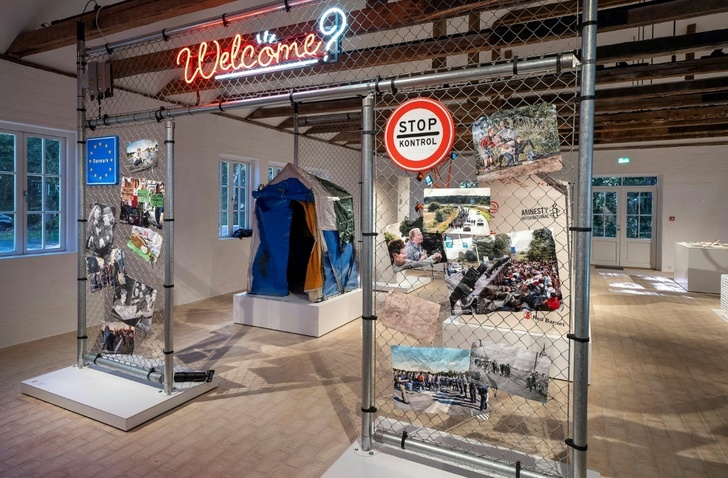Built on the site of a camp for German World War II refugees, a new Danish museum opening Wednesday shines fresh light on personal stories of forced migration, past and present.
The new FLUGT ("flee" in Danish) Refugee Museum of Denmark, in the small town of Oksbol on Jutland's west coast near the German border, focuses primarily on German refugees, as well as others who have come to Denmark over the years.
Exhibits include personal items -- from a tent to a teddy bear -- that tell the intimate stories of people who have fled war and oppression in Afghanistan, Bosnia, Chile, Germany, Hungary, Iran, Lebanon, Russia, Syria and Vietnam, among others.
"We want to tell the story that is behind these numbers, there are actual people," museum director Claus Kjeld Jensen told AFP ahead of Wednesday's opening.
But for some, the museum's open philosophy contrasts with Denmark's approach to refugees, with successive right and left-wing governments pursuing one of Europe's toughest immigration policies.
- 'More relevant than ever' -
As World War II drew to a bloody close, roughly 250,000 Germans fled to Denmark as the Russian Red Army approached.
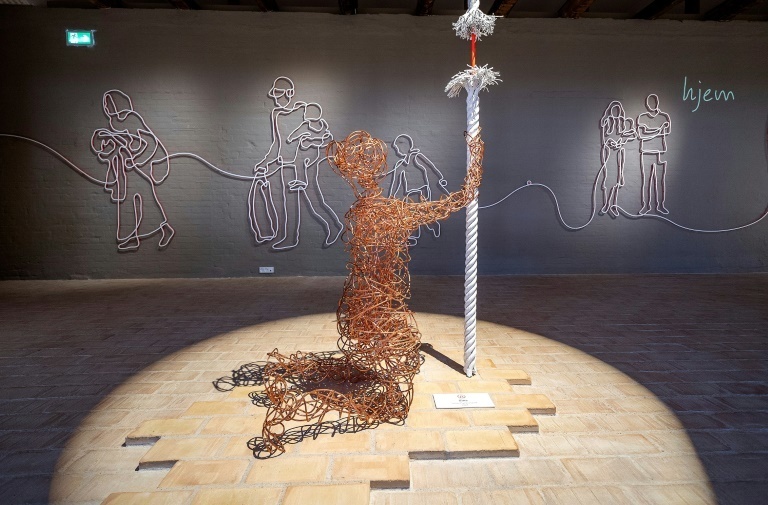
The camp, in operation from 1945 to 1949, had schools, a theatre and a workshop, all behind barbed wire.
Nowadays, little of the camp remains, aside from two former hospital buildings and a cemetery, hidden amid a thick, green forest.
"We have got this part of world history actually taking place right here where we're standing. But then there is an actual situation today," Kjeld Jensen said.
"We have far more refugees worldwide than we had by the end of World War II. So, I suppose the issue is far more relevant today than it has ever been."
Denmark's Queen Margrethe II attended the museum's official inauguration on June 25 with Germany's Vice Chancellor Robert Habeck. The German state contributed around 1.5 million euros ($1.58 million) to the 16-million-euro project.
"None of us would have thought it would be so sadly current to talk about refugees and fleeing," the 82-year-old monarch said.
- Fresh movement -
In 2021, the total number of people forced to flee their homes due to conflicts, violence, fear of persecution and human rights violations was 89.3 million, according to the UNHCR, the United Nations' refugee agency.
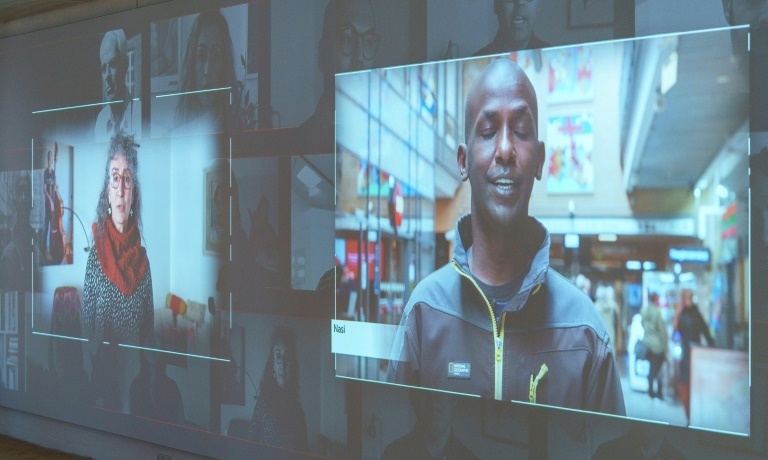
The new museum was designed by world-renowned Danish architect Bjarke Ingels, who recently finished Google's new Silicon Valley headquarters and is set to design a new US museum about slavery in Fort Worth, Texas.
Ingels' design links the two surviving hospital buildings with a new, circular rusty steel-clad construction. Indoors, towering timber frames stretch into the sky, creating a large, open foyer, from which visitors explore the exhibits.
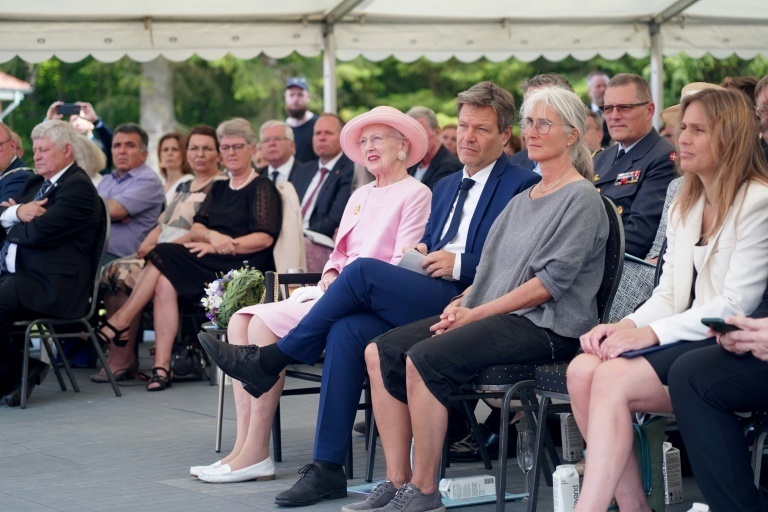
"But then, when you move inside, you realise that there is this oasis or sanctuary that opens up towards the forest, which in a way is what the fugitives hopefully found here -- a sanctuary from the war and a glimpse of a brighter future."
- Fortress Denmark -
In mid-2020, Denmark became the first European Union country to re-examine the asylum cases of several hundred Syrians from Damascus, judging it safe for them to return. It also plans to open asylum centres outside Europe where applicants would be sent to live.
In 2021, only 2,099 people sought asylum in Denmark.
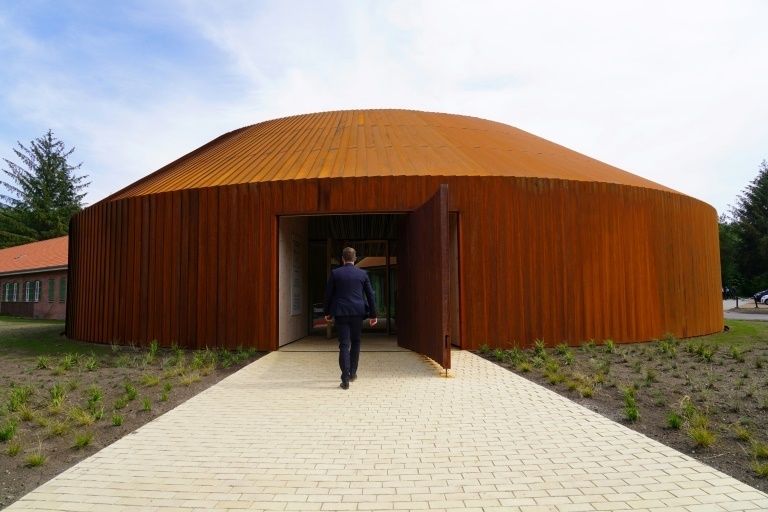
"These are very politically-driven and we hope, of course, that there will be a way of changing that," he said.
The museum's inauguration was attended by 82-year-old Jorg Baden, who fled Germany for Denmark in 1945 at the age of five, as well as more recent arrivals, including a 16-year-old who fled Syria in 2015 and a group of Ukrainian classical musicians who arrived earlier this year.
It's a reminder, as Baden put it, that "Flugt is not only a topic of the past, it reaches into our lives today."
str/po/lcm
© Agence France-Presse
Your content is great. However, if any of the content contained herein violates any rights of yours, including those of copyright, please contact us immediately by e-mail at media[@]kissrpr.com.
Source: Story.KISSPR.com

